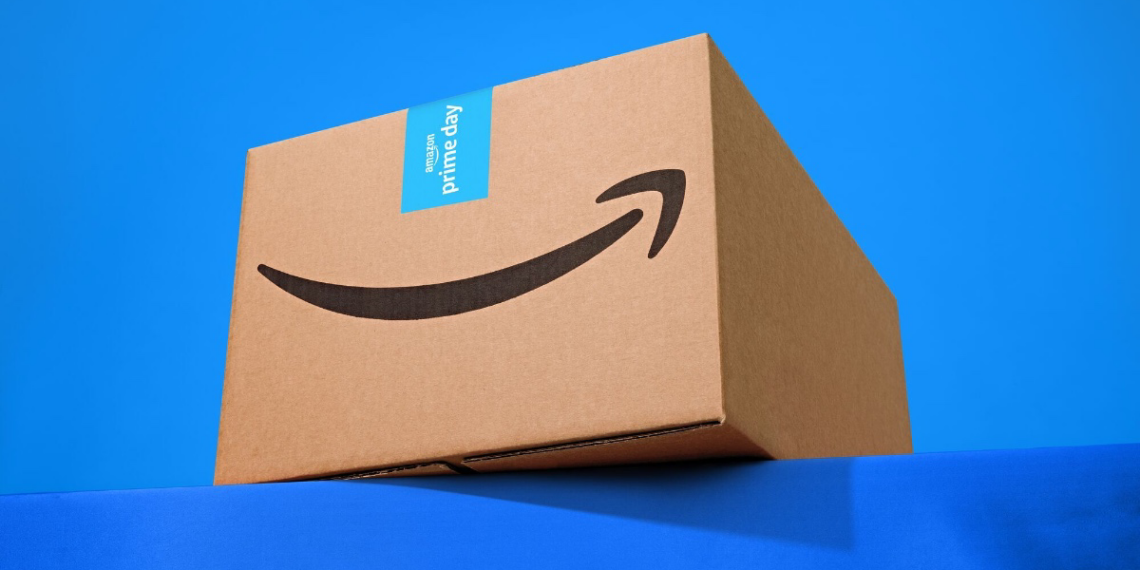Amazon Prime Day 2024 has set a new high-water mark in online shopping, with U.S. consumers spending a total of $14.2 billion over the two-day event held on July 16 and 17.
This figure is an 11% increase from the $12.7 billion spent during the same period last year, as reported by Adobe Analytics.
On the first day of Prime Day, consumers spent $7.2 billion, an 11.2% rise compared to the previous year. The momentum continued on the second day, with spending reaching $7 billion, a 10.4% year-over-year growth.
Despite Amazon not disclosing its own detailed figures, the company confirmed the record-breaking success of the event.
An obvious trend during this year’s Prime Day was the surge in mobile shopping. Purchases made via mobile devices constituted 18% of total sales, indicating a growing shift towards mobile commerce.
Amazon’s Rufus AI assistant was key in assisting millions of customers by providing product recommendations and order updates.
This AI tool, which was rolled out to all U.S. users just before Prime Day, showed the increasing integration of artificial intelligence in enhancing the shopping experience.
Electronics and furniture emerged as the top categories driving sales, with consumers taking advantage of the discounts to upgrade their home and personal tech.
Back-to-school shopping also contributed greatly to the overall spend. Another noteworthy trend was the use of “buy now, pay later” (BNPL) options, which accounted for 7.6% of the total sales, equating to $1.08 billion.
This payment method has become increasingly popular, allowing consumers to manage their purchases more flexibly.
According to data from Numerator, the average order value during Amazon Prime Day 2024 was $57.97, an increase from the previous years’ averages of $56.64 and $53.14.
This means that consumers were willing to spend more per transaction, possibly due to attractive deals and the broader range of products available.
Prime Day continues to have a huge impact on the e-commerce market, not just benefiting Amazon but also driving sales across other retailers who align their promotional events with Prime Day.
Vivek Pandya, lead analyst at Adobe Digital Insights, noted that the deep discounts offered during Prime Day acted as a stimulus for consumer spending, particularly in electronics, apparel, and furniture categories, which had seen modest growth earlier in the year.






